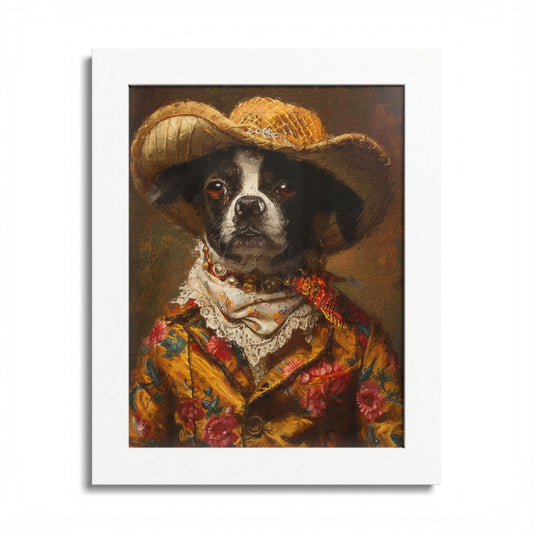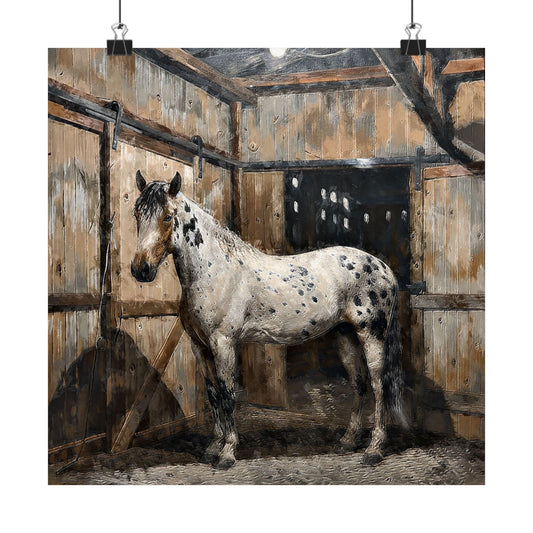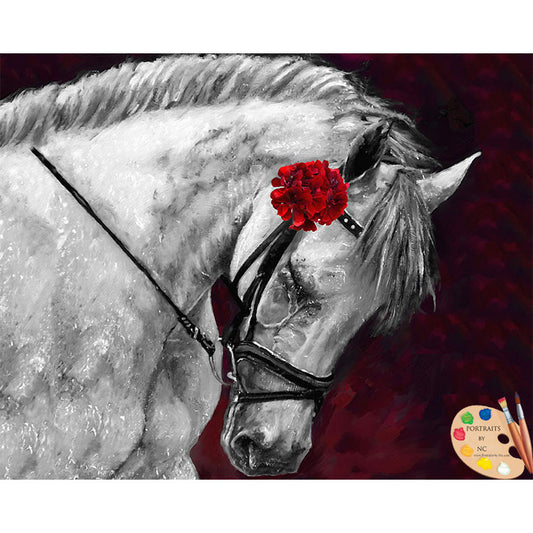Children Portraits and Photography
Share
Children Portraits capture that childlike innocents better than any photograph. The fact that a oil painting allows for more surface manipulation allows the portrait artist to create an illusion of a three dimensional space, without the flatness associated with traditional photographs.
But many children tend to wiggle around a lot making for poor models to paint from life. I have found that if I enlist a parent to read a story or actually have the child tell me a story, their focus tends to shift from me to the activity at hand. This allows me to take the reference photos I need to later paint a proper paintings at my studio.
Here are some tips to get kids to cooperate during a photo shoot
1. Locate your "photo spots", your backgrounds - before you begin. Scout the area beforehand, alone if possible. Sometimes areas with plain backgrounds such as the sides of buildings, in front of hedges and trees and large empty expanses will give you ample time to click away, before the child gets distracted. Choose places where you can control the situation. Avoid areas that would distract your subjects. For example, don't try getting photos at a playground. Kids will be off to play with others, before you have time to even set up your tripod.
2. Sometimes though you may want to include some background features to show. Get in the habit of pre-arranging this all in your imagination, before the picture. Always be on the lookout for good picture locations. Always be asking yourself - where's the best light? Where's the best background? Where is my best picture spot?
3. Of course, you won't always be able to pre-arrange your backgrounds. For me this usually works out to be the most enjoyable technique. In these cases you need to develop your instincts for what would make a good background, and where you'll likely find it. Experiment with taking photos in different locations by asking a friend or family member to pose. This experience will allow you to get more comfortable to find the right spot, when you are in unfamiliar settings.
PROPS TRICKS & GIMMICKS
Often you'll be flying by the seat of your pants, making it up as you go. Before the photo shoot gather some information about the child and find out what their likes and dislikes are. Does he/she like horses, then bring s.th related to horses or talk about horses, while you look for the right spot.
In my experience children have what could be described as a strange sense of humor. Often strange "gross" stories make them all wide eyed, the photographer making a fool of herself sends them giggling. Sometimes an odd activity, such as pulling off petals from a rose are enough to make them forget how bored they are with the situation and make them active again. After many photos, Elysee was getting rather bored. A tall tale about the rosebush, made her look for s.th in the petals. This was enough to keep her busy and interested and an opportunity for me to capture this image, which later turned into a painting.
.
Another trick, or prop, that works well with older children is to ask for help with setting the camera controls. Let them run over and set the exposure dial. Then set it back to your preference before taking pictures. If you're using a digital camera you can also show them your results on the glass screen. Take a few oddball photos to throw into the mix so you don't bore them.
If the energy is running low and you really want to liven things up, have the children run at you repeatedly while you click a few shots (after pre-focusing, and holding that focus, on a spot about ten or twelve feet away). Don't forget to brace yourself.
Also, flat out ask your child subject(s) to do some acting for you. Ask the child to act sad, then happy, then sad again, as if she were just grounded for a week. I shot this picture of Megan while she was instructed to think of s.th that made her sad and although her parent did not choose this image for the final portrait, it is one of my favorites.

Lastly, keep your camera low for most straight-on or portrait children photos. Try to film at children's eye level.





































































